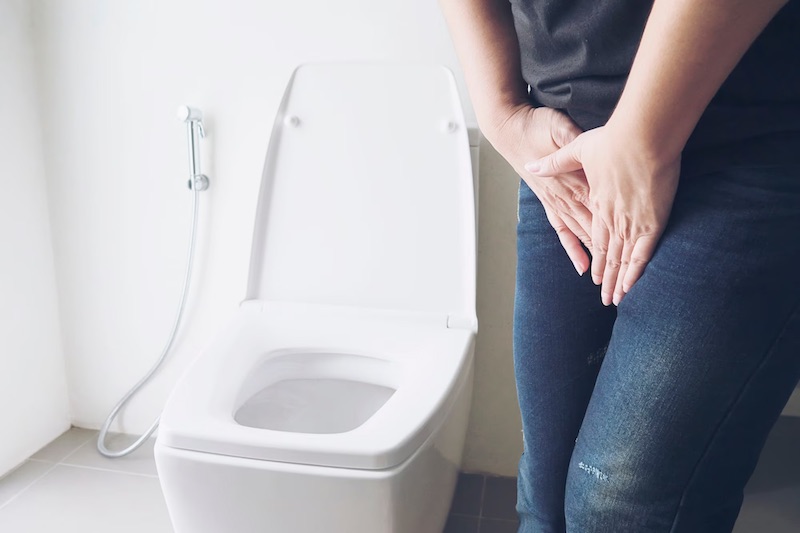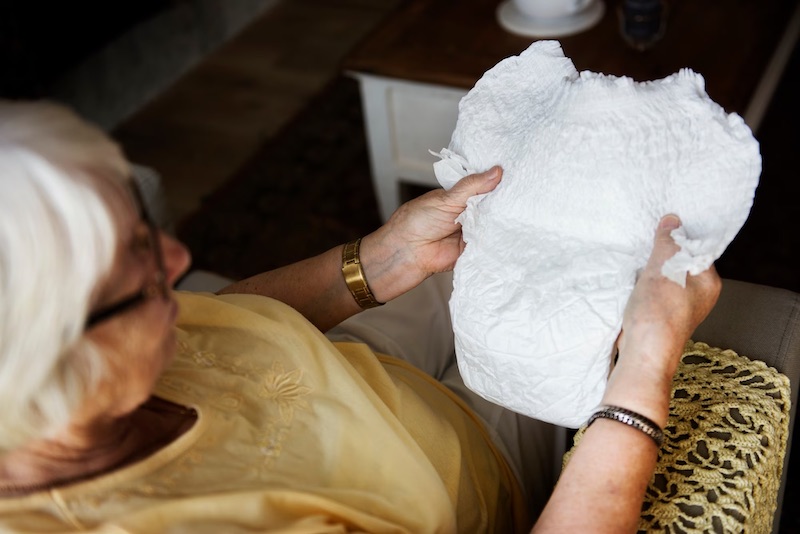Stay Dry and Confident - A Guide to Managing Incontinence

Dealing with leakage can be a challenging and often embarrassing issue for adults.
Whether due to age, medical conditions, or other factors, incontinence can significantly impact one's quality of life.
However, with the right information and incontinence products like incontinence pads for adults, managing leakage in adults can become much easier.
In this guide, we explore the various strategies and products that can help adults manage leakages due to incontinence so you stay dry and confident throughout your day to day life.
But before delving into management techniques, it's important to first understand the different types of incontinence.
Understanding the Types of Incontinence
Incontinence is a common condition that happens because of problems with the muscles and nerves, leading to lack of voluntary control over urination or even defecation.
Causes of this inability to hold your urine may or may not be due to underlying disease, including intoxication, old age, urinary tract infections, and virginal infections.
The most common types of incontinence in adults include stress incontinence, urge incontinence, and mixed incontinence.
- Stress incontinence occurs when pressure is exerted on the bladder, leading to leakage, often triggered by activities such as laughing, coughing, or exercising.
- Urge incontinence involves a sudden, intense need to urinate, resulting in involuntary urine release.
- Mixed incontinence is a combination of both urge and stress. Individuals can tailor their management approach by identifying the specific type of incontinence.

Lifestyle and Behavioral Modifications to Manage Incontinence
In many cases, adopting certain positive lifestyle and behavioral modifications can significantly improve incontinence symptoms.
These modifications include maintaining a healthy weight, engaging in regular exercise to strengthen pelvic floor muscles, and avoiding excessive consumption of bladder-irritating foods and drinks like caffeine and alcohol.
Additionally, practicing timed voiding, where individuals establish a regular schedule for bathroom visits, can help in managing leakage effectively.
Other ways that can be effective to manage incontinence and stay dry and confident throughout your days include:
1. Pelvic Floor Exercises
One of the most effective ways to manage incontinence is pelvic floor exercises, known as Kegel exercises.
In these exercises, the muscles that support the bladder and urethra are contracted and relaxed. These muscles can be strengthened with regular pelvic floor workouts, which will improve control over urine flow.
For advice on how to carry out the exercises properly, speak with a doctor or a physiotherapist who specializes in the pelvic floor.
2. Absorbent Products

Incontinence products such as disposable pads, are designed to absorb and contain urine, providing a sense of security and dryness. These pads are discreet and comfortable and come in various sizes and absorbency levels to meet individual needs.
Incontinence pads are worn inside regular underwear and are easily replaceable. They offer a practical solution for managing leakage throughout the day, allowing individuals to stay dry and confident in social and professional settings.
3. Medication and Medical Interventions
In some cases, medication or medical interventions may be necessary to manage incontinence effectively.
Medications such as anticholinergics can help relax bladder muscles and reduce the frequency of involuntary contractions, while Botox injections can be used to paralyze specific bladder muscles, reducing the urgency to urinate.
In severe cases, surgical procedures, such as bladder neck suspension or the placement of a sling, may be recommended.
It is important to consult a healthcare professional to determine the most suitable option.
Incontinence Coping Strategies and Emotional Support
Living with incontinence can be emotionally challenging, leading to feelings of embarrassment, anxiety, and or isolation. It is essential to remember that you are not alone and that there are resources available to help you cope with the emotional aspect of managing leakage.
Support groups, online forums, and counselling services can provide a space for individuals to share their experiences, seek advice, and find emotional support.
Opening up about the condition with loved ones and healthcare professionals can also alleviate the emotional burden.
In Conclusion
Incorporating the strategies mentioned above for managing incontinence can help you better manage leakages in adults and stay dry so you can live a full, confident, and happy life.
By understanding the types of incontinence and adopting appropriate strategies, individuals can regain control over their lives and confidently engage in daily activities.
Simple lifestyle modifications, incontinence pads for adults, pelvic floor exercises, and medical interventions offer viable options for managing leakage in adulthood.
Don’t shy away from seeking support, both practical and emotional if you are dealing with leakages. This is essential in navigating this journey to manage incontinence and stay dry and confident.
Remember, solutions are available to help you lead a fulfilling life despite incontinence challenges.




















